If you find that your lawn in Texas has lost its vibrant green color and appears brown and lackluster, there are a few possible things that may be causing it. Firstly, your lawn could simply be dehydrated from insufficient watering. Secondly, over-fertilization could be the culprit, resulting in a chemical imbalance that leads to brown patches. Lastly, turf diseases could also be responsible for it turning brown. While there are specific ways to address each potential problem, the best thing to do is to contact your local lawn care professionals. They’ll be able to diagnose what is affecting your lawn and provide the appropriate remedy to restore its lush green beauty.
Dehydration may be causing your lawn to lose its vibrant color and turn brown.
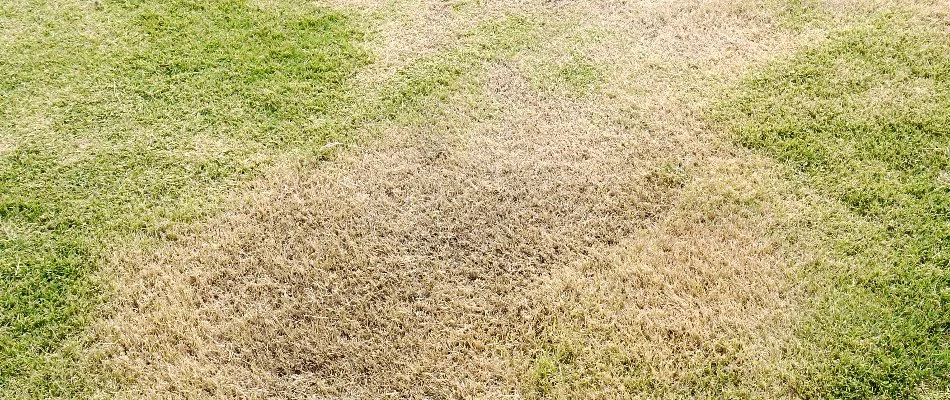
If your once lush and green lawn has turned an unsightly shade of brown, one of the possible culprits could be dehydration. Lack of water can cause grass blades to dry out and lose their vibrant color, resulting in a brown and lifeless appearance. Dehydration can occur due to inadequate watering or prolonged drought periods.
Identifying a dehydrated lawn is relatively straightforward. The grass will be straw-like, with blades appearing brittle and dry. Footprints or mower tracks may also leave lasting impressions on your turf due to the lack of moisture. Moreover, the soil will look cracked and may feel hard and dry to the touch. To address a dehydrated lawn, the primary course of action is to ensure proper watering. Whether from an irrigation system, manual watering, or through rainfall - your grass should receive about 1 to 1.5 inches of water per week.
Watering your lawn early in the morning or late in the evening helps to minimize evaporation, helping it maximize its supply!
Your lawn may be brown because of over-fertilization.
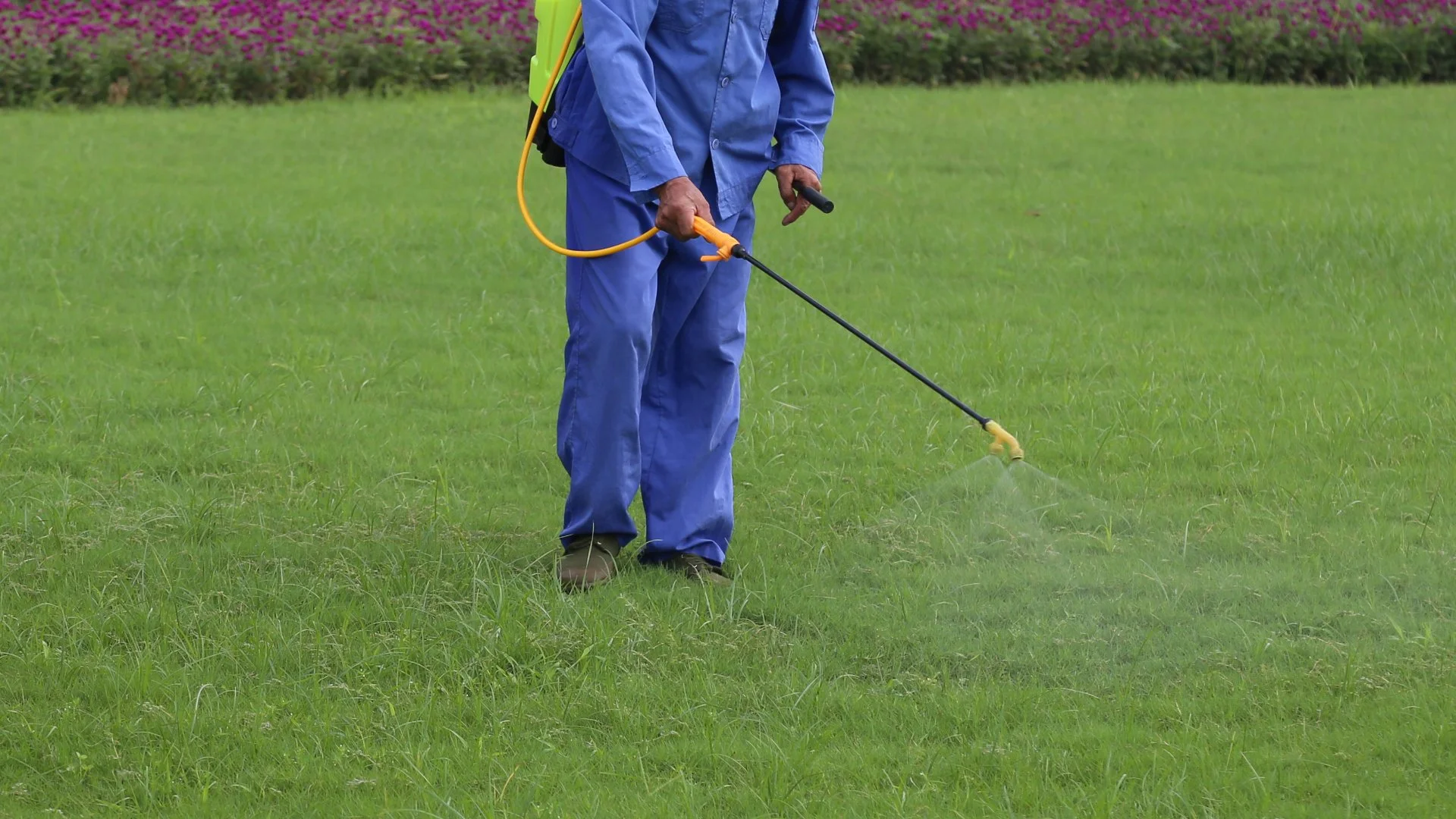
Another potential cause of a brown lawn is over-fertilization. While nutrients are essential for healthy grass growth, applying too much fertilizer can have detrimental effects. This can lead to fertilizer burn, where the grass becomes scorched and turns brown due to an imbalance of nutrients or chemical stress. Other signs of over-fertilization include yellowing or wilting grass blades and little to no growth.
To rectify an over-fertilized lawn, the first step is to give it extra water to dilute the excess. This helps to minimize further damage and restore balance to the soil. Afterward, refrain from fertilizing the lawn for a while to allow it to recover. You'll also want to consider leaving fertilization to the pros since they know when and how much to apply to avoid overdoing it.
Many common turf diseases can cause your grass to turn brown.
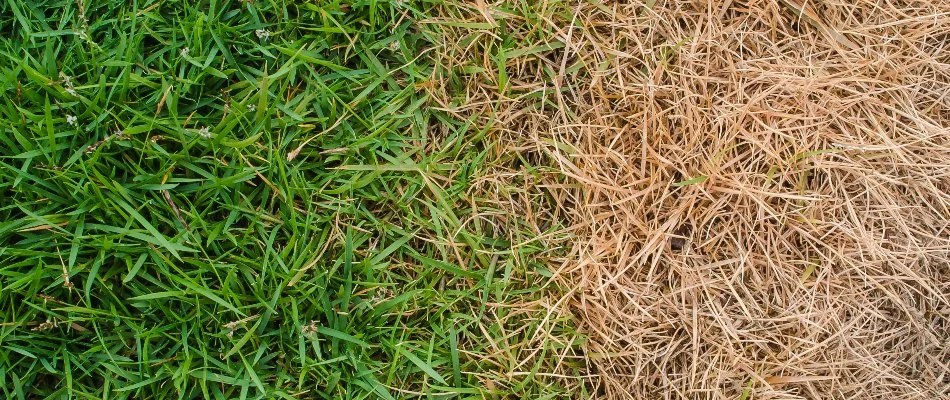
Turf diseases are another possible culprit behind why your lawn is brown. Several common lawn diseases can cause your grass to turn brown, including brown patch, dollar spot, and take-all patch. These diseases are caused by fungal infections and can spread rapidly, resulting in significant damage if left untreated.
Addressing turf diseases typically involves curative treatments to eliminate the infection and lawn care services to help your lawn recover afterward. However, it is advisable to consult with a lawn care professional for an accurate diagnosis and appropriate treatment options.
Call us today to schedule our lawn care program and keep your lawn healthy and green!
If your lawn is looking brown and lackluster, you've come to the right place. At Dr. Tex Lawn & Pest, we offer a lawn care program, where we'll routinely fertilize your grass, using the right amount and applying them at the proper times to avoid over-fertilizing and damaging it. This program also includes weed control treatments and regular inspections for lawn diseases and insect infestations! If we notice any signs of these issues, we'll administer our highly effective treatments to eliminate them.
We proudly serve residential and commercial properties, as well as HOAs, in Austin, Round Rock, Cedar Park, Pflugerville, and surrounding areas in Texas. Schedule our lawn care program today and keep your grass healthy and green by calling us at (512) 717-5071.
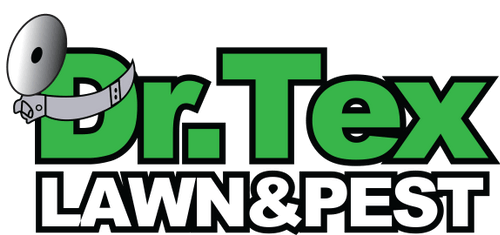
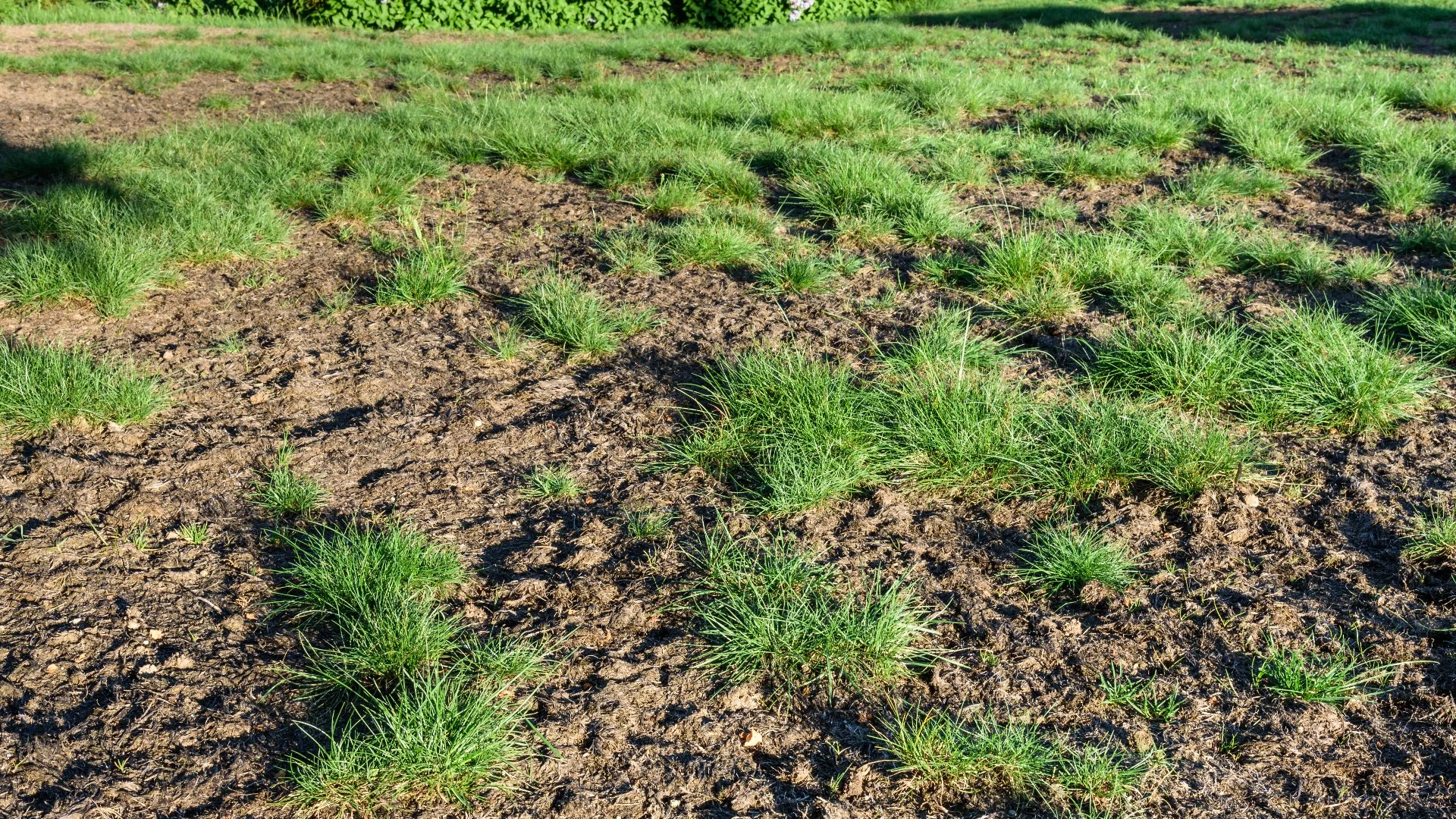

Comments (0)
Thanks for your comment!
Thanks for your feedback! Your comments have been successfully submitted! Please note, all comments require admin approval prior to display.
Error submitting comment!
There is a problem with your comment, please see below and try again.